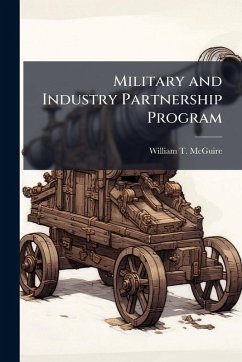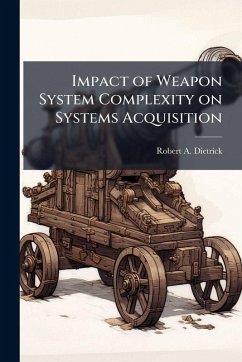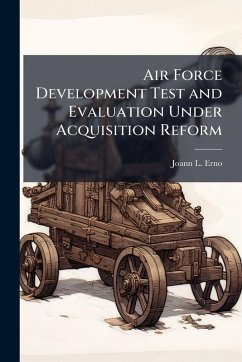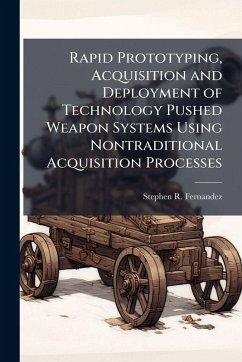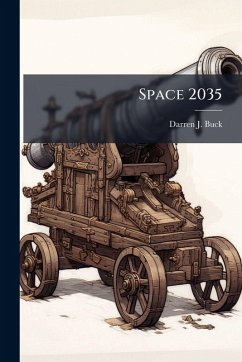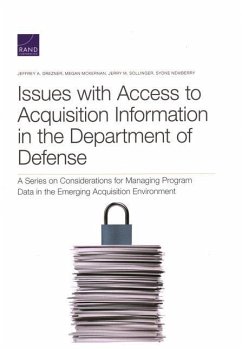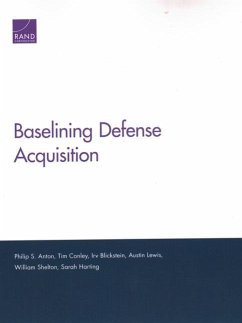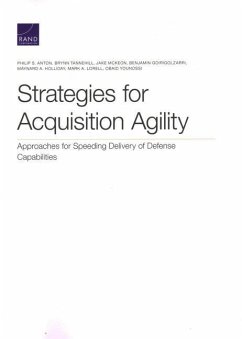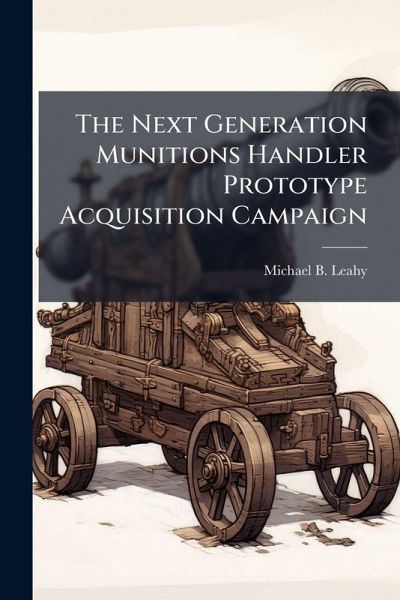
The Next Generation Munitions Handler Prototype Acquisition Campaign

PAYBACK Punkte
9 °P sammeln!
The Air Force will improve the quality of the aircraft munitions loading process by fielding a new generation of munition handling equipment that incorporates emerging telerobotics technology. An active program is underway to develop an Next Generation Munitions Handler (NGMH) Advanced Technology Demonstrator (ATD). This project uses air campaign planning principals to address the development of the technology roadmap and dual use business case study required to transition the ATD into a full-scale prototype. A discussion of the history and performance requirements for telerobotic munition han...
The Air Force will improve the quality of the aircraft munitions loading process by fielding a new generation of munition handling equipment that incorporates emerging telerobotics technology. An active program is underway to develop an Next Generation Munitions Handler (NGMH) Advanced Technology Demonstrator (ATD). This project uses air campaign planning principals to address the development of the technology roadmap and dual use business case study required to transition the ATD into a full-scale prototype. A discussion of the history and performance requirements for telerobotic munition handling is provided as a background for creation of an initial critical technologies list. The maturity level and validity of that list is investigated through an intelligence preparation operation that supports the election of nine specific technology targets. Courses of action to bring those technologies to commercial-off-the-shelf availability are explored. Scenarios for technology application in a range of alternative military and commercial applications lay the groundwork for development of a dual use business case. Civilian industry coalition partners were identified. Creation of a full scale NGMH prototype acquisition campaign is now possible. This work has been selected by scholars as being culturally important, and is part of the knowledge base of civilization as we know it. This work was reproduced from the original artifact, and remains as true to the original work as possible. Therefore, you will see the original copyright references, library stamps (as most of these works have been housed in our most important libraries around the world), and other notations in the work. This work is in the public domain in the United States of America, and possibly other nations. Within the United States, you may freely copy and distribute this work, as no entity (individual or corporate) has a copyright on the body of the work. As a reproduction of a historical artifact, this work may contain missing or blurred pages, poor pictures, errant marks, etc. Scholars believe, and we concur, that this work is important enough to be preserved, reproduced, and made generally available to the public. We appreciate your support of the preservation process, and thank you for being an important part of keeping this knowledge alive and relevant.





